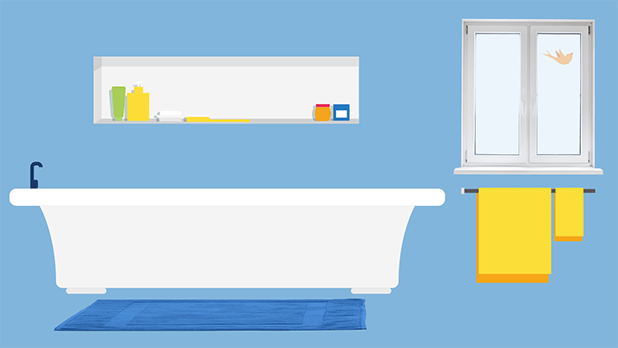1. What it is
These tiny creatures are perhaps the most common cause of indoor allergies, and can trigger symptoms similar to pollen allergies. The proteins in the dust mite’s droppings cause the allergic reaction.
2. When it is in season
You can get dust mite allergies all year round but may be more affected during the winter months when you spend more time indoors and are more exposed to them.
3. What to watch out for
Dust mites can be found in in mattresses, bedding, upholstered furniture, carpeting and any other household fabrics, such as curtains and drapes.
4. What to know
Dust mites are particularly problematic in coastal cities such as Halifax, where the air tends to be warmer and there are high levels of humidity – perfect conditions for dust mites.
5. What to do
Reduce clutter and dust with a damp cloth each week
Use high-efficiency particulate air (HEPA) filters for vacuuming and air filtration
Use synthetic mattress pads and pillows
Use zippered dust mite-proof covers on mattresses and pillows
Wash sheets and blankets in hot water each week
Avoid wool and feather-filled comforters
Avoid upholstered furniture and blinds
Minimize carpeting if possible
Choose washable curtains, rugs and blankets




